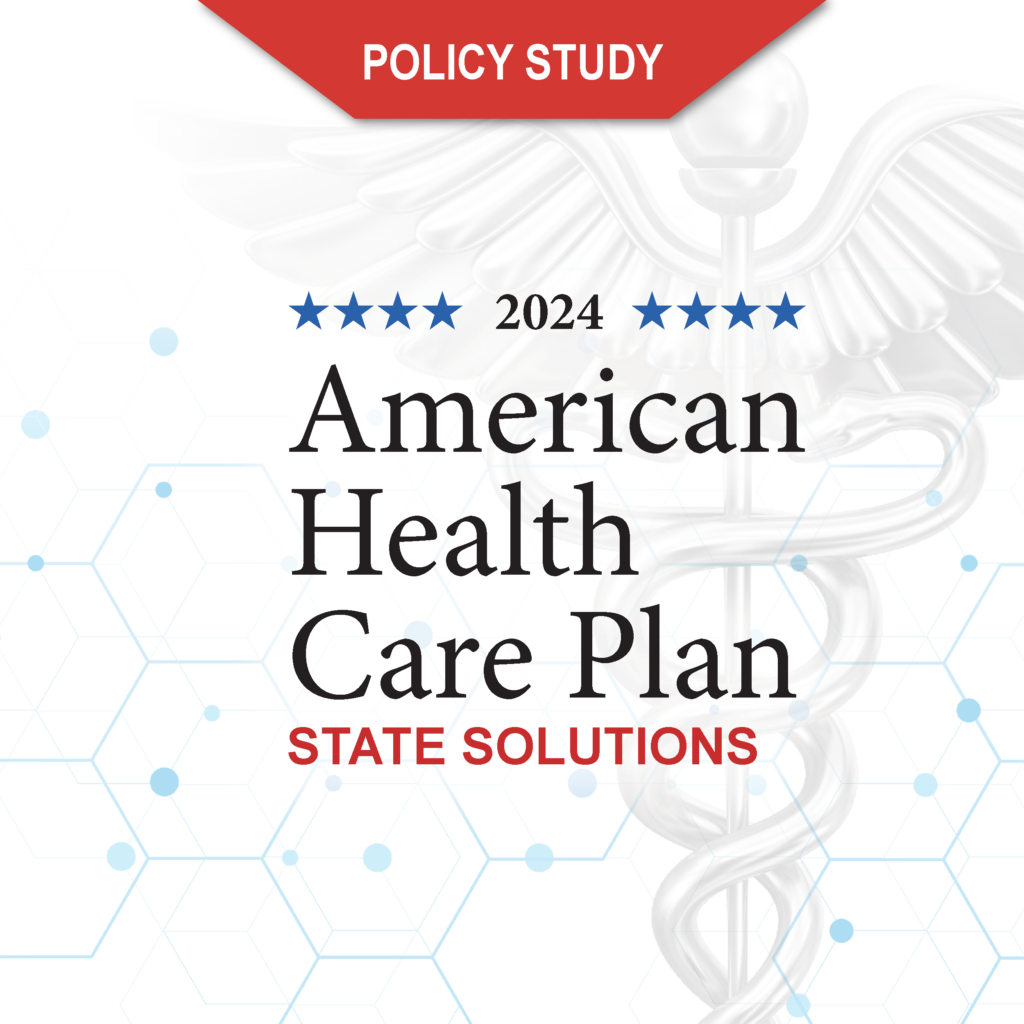When it comes to audacity, no industry has hospitals beat. For how many years have you heard them whine about the inappropriate use of emergency rooms? The hospitals are especially unhappy because they are the providers of first resort for all the illegal immigrants coming into the country, which adds an enormous burden to their finances.
So the federal government appropriates one billion dollars to help with that problem … and the hospitals can’t be bothered to collect it.
A September 19 Chicago Tribune article quoted the director of the federal Center for Medicare Management, Herb Kuhn, as saying, “We are really not certain why providers are not claiming the money.”
The article lists a number of excuses the hospitals give. They complain they might have to hire a staffer to apply for the funds because the application process is too complicated. The feds won’t give them enough money (so they would rather have none). And reason number one is that it would be rude to ask patients about their immigration status.
A number of people thought it was a lousy idea in the first place.
U.S. Rep. Dana Rohrabacher (R-CA) pointed out, “Providing illegal aliens with free health care is an incentive for more illegals to come here.”
The Tribune article continued, “Hospitals’ disinterest in the program comes at a time when many facilities are calling for more government support to help them deal with a growing number of poor and uninsured patients.”
Right. They want the cash, but they don’t want to have to account for it. Just back up the truck and shovel it in.
Source: “Hospitals cite ethics, red tape as obstacles in claiming cash for ER bills,” by Stephen Franklin and Bruce Japsen, Chicago Tribune, September 19, 2006, http://www.sunherald.com/mld/sunherald/news/nation/15554920.htm
Blues Release New HSA Survey
The national Blue Cross Blue Shield (BCBS) Association has released a new survey of people using consumer-driven health products, especially health savings accounts (HSAs). The study is based on Web site interviews with 3,000 BCBS consumers, a much larger sample than some other surveys that have been conducted.
The results reveal some interesting data, including differences between the behavior of people who have opened an HSA account and those who haven’t done so. About 57 percent of those with HSA-qualified insurance coverage have opened accounts, with another 16 percent saying they intend to. Enrollment by age and health status is similar across product lines.
The biggest differences between people with HSAs and those in health plans that are not consumer-driven show up in their behavior and reported satisfaction. People with HSAs are more likely to say they are much more or somewhat more satisfied than they were the previous year with their overall coverage (47 percent), the value they receive from their coverage (44 percent), and their perception of being in charge (36 percent).
Survey respondents enrolled in plans that are not consumer-driven ranked their satisfaction on the three measures much lower: 27 percent, 23 percent, and 18 percent, respectively.
More specifically, HSA enrollees report greater satisfaction with respect to:
- access to prevention and wellness: HSA holders 59 percent; non-consumer-driven (non-CD) plans 52 percent;
- health plan enrollment process: HSA 65 percent; non-CD plans 61 percent;
- decision tools in selecting providers: HSA 55 percent; non-CD plans 47 percent;
- decision tools in managing expenses: HSA 54 percent; non-CD plans 42 percent;
- information on benefits: HSA 57 percent; non-CD plans 47 percent;
- cost and quality information: HSA 54 percent; non-CD plans 40 percent; and
- insurer’s Web capabilities: HSA 55 percent; non-CD plans 45 percent.
The actual use of tools is higher for HSA holders, too:
- use of nurse hotlines: HSA 10 percent; non-CD plans 6 percent;
- wellness programs: HSA 20 percent; non-CD plans 8 percent;
- provider information tools: HSA 38 percent; non-CD plans 10 percent;
- prescription cost and comparison: HSA 42 percent; non-CD plans 19 percent; and
- Web site for coverage information: HSA 53 percent; non-CD plans 32 percent.
Source: “Blue Cross And Blue Shield Association Survey Shows HSAs Are Popular Among A Wide Cross Section Of Americans: HSAs provide greater control over decision-making, cost effectiveness,” September 15, 2006, http://bcbshealthissues.com/proactive/newsroom/release.vtml?id=210738
Greg Scandlen ([email protected]) is president of Consumers for Health Care Choices in Hagerstown, Maryland.




